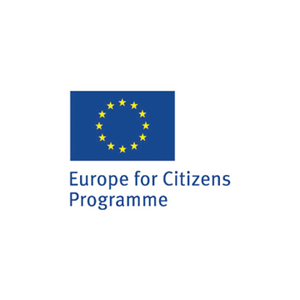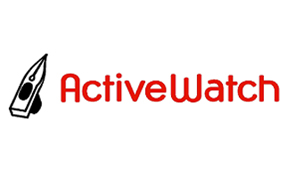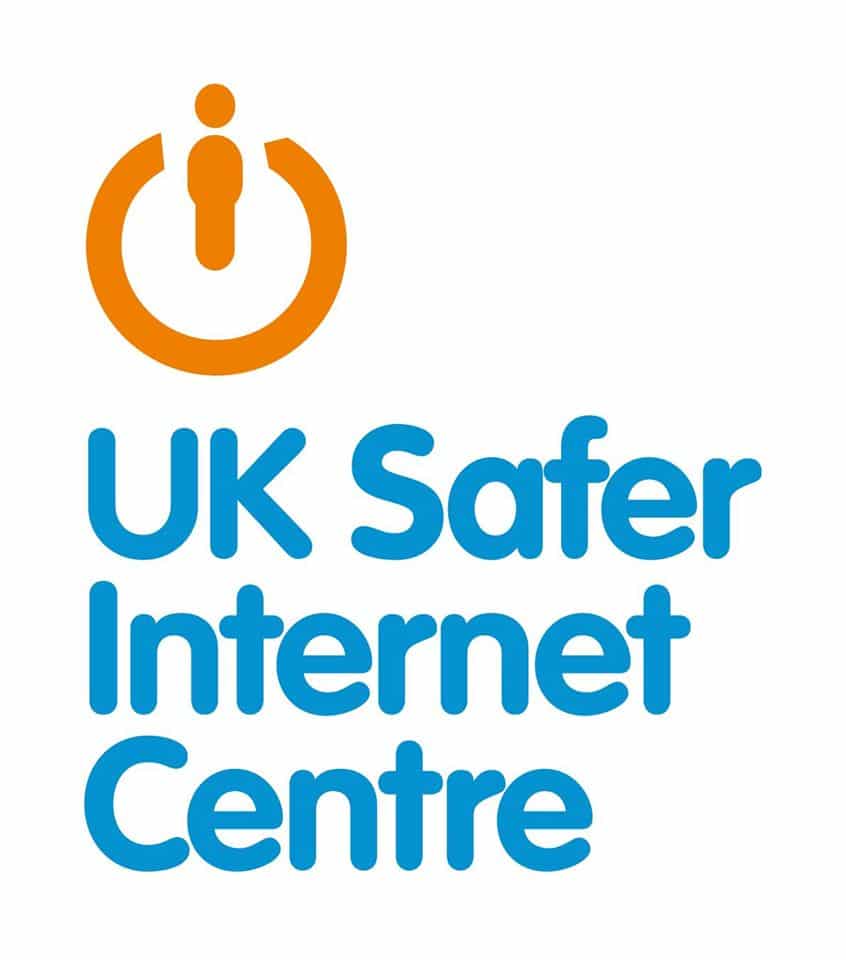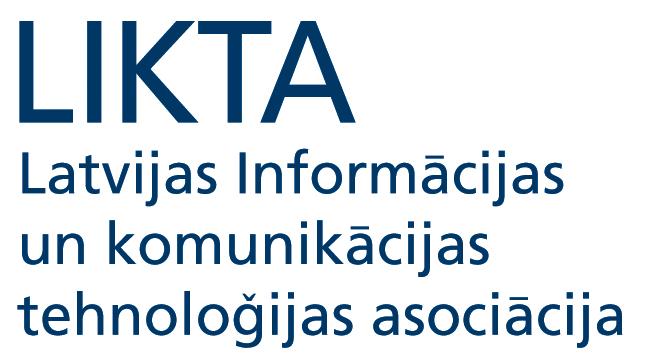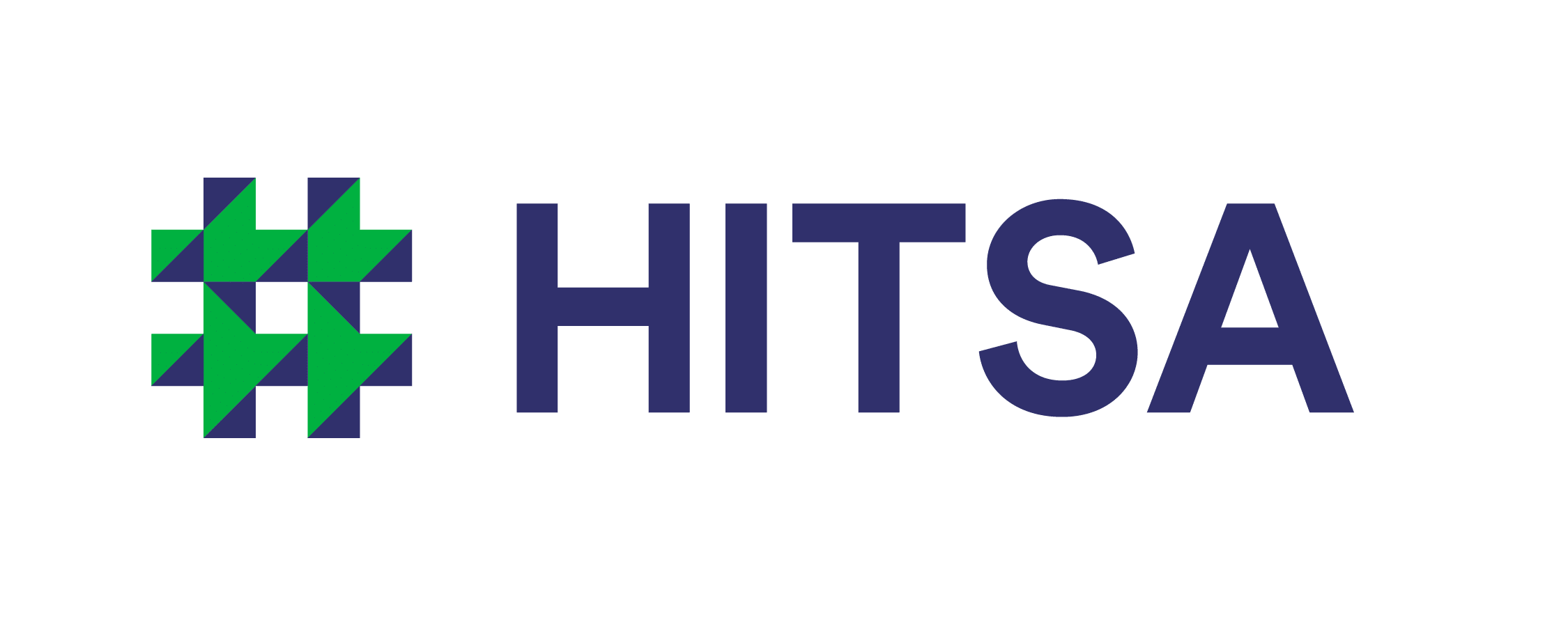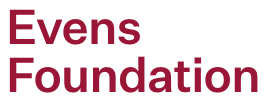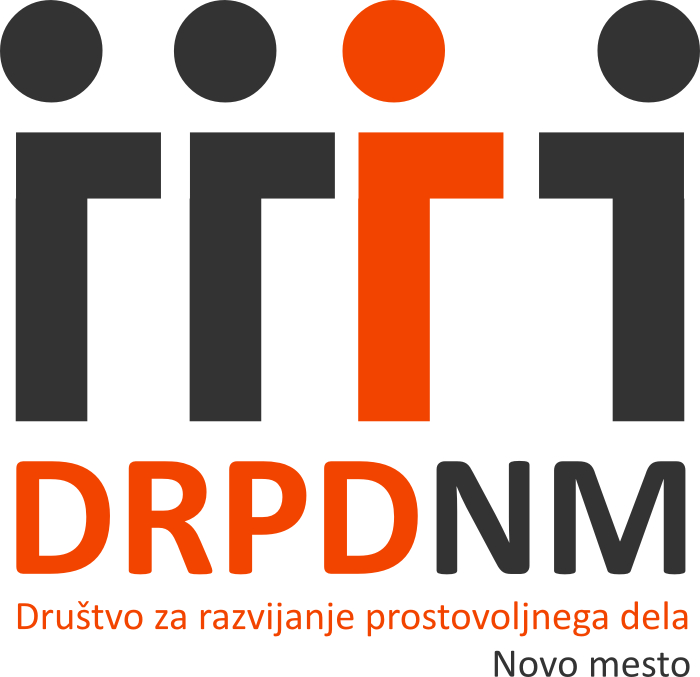
The unprecedented data leak of the Panama Papers taught us much about the extent of global tax evasion, however following several successive high-profile leaks in recent years, most famously perhaps, Edward Snowden’s leak of NSA records, we might consider the real lesson to be that our data is never really safe.
It can be argued that the abovementioned data breaches were carried out in the public interest, however this is not always the case and the following infographic chronicles the history of large data breaches and their cost to both corporations and, indeed, individuals.
A 2015 report from the World Economic Forum (WEF) posits that the bulk of cybercrime incidents go unreported as companies fear the effects on their reputations and another study from Cybersecurity Ventures found that cyber attacks are costing businesses up to $400 billion a year.
Another interesting data visualisation of hacks recorded up to 2013 can be found at Information is Beautiful and if you are feeling adventurous, head over to HaveIBeenPwned – a nice tool for checking if your own data may have been affected at some point.
Of course, there is little you can do to protect your data from breaches at this level, however on a personal level EAVI advocates using 2 step verification systems when logging into applications and creating passwords that include a mix of upper and lowercase letters, numbers, as well as unusual characters like _ # ) ( ! & % and -. This is especially necessary on mobile phones which can be infected and used as a gateway for acts of corporate espionage.
[infographic via CartwrightKing]

The unprecedented data leak of the Panama Papers taught us much about the extent of global tax evasion, however following several successive high-profile leaks in recent years, most famously perhaps, Edward Snowden’s leak of NSA records, we might consider the real lesson to be that our data is never really safe.
It can be argued that the abovementioned data breaches were carried out in the public interest, however this is not always the case and the following infographic chronicles the history of large data breaches and their cost to both corporations and, indeed, individuals.
A 2015 report from the World Economic Forum (WEF) posits that the bulk of cybercrime incidents go unreported as companies fear the effects on their reputations and another study from Cybersecurity Ventures found that cyber attacks are costing businesses up to $400 billion a year.
Another interesting data visualisation of hacks recorded up to 2013 can be found at Information is Beautiful and if you are feeling adventurous, head over to HaveIBeenPwned – a nice tool for checking if your own data may have been affected at some point.
Of course, there is little you can do to protect your data from breaches at this level, however on a personal level EAVI advocates using 2 step verification systems when logging into applications and creating passwords that include a mix of upper and lowercase letters, numbers, as well as unusual characters like _ # ) ( ! & % and -. This is especially necessary on mobile phones which can be infected and used as a gateway for acts of corporate espionage.
[infographic via CartwrightKing]

The unprecedented data leak of the Panama Papers taught us much about the extent of global tax evasion, however following several successive high-profile leaks in recent years, most famously perhaps, Edward Snowden’s leak of NSA records, we might consider the real lesson to be that our data is never really safe.
It can be argued that the abovementioned data breaches were carried out in the public interest, however this is not always the case and the following infographic chronicles the history of large data breaches and their cost to both corporations and, indeed, individuals.
A 2015 report from the World Economic Forum (WEF) posits that the bulk of cybercrime incidents go unreported as companies fear the effects on their reputations and another study from Cybersecurity Ventures found that cyber attacks are costing businesses up to $400 billion a year.
Another interesting data visualisation of hacks recorded up to 2013 can be found at Information is Beautiful and if you are feeling adventurous, head over to HaveIBeenPwned – a nice tool for checking if your own data may have been affected at some point.
Of course, there is little you can do to protect your data from breaches at this level, however on a personal level EAVI advocates using 2 step verification systems when logging into applications and creating passwords that include a mix of upper and lowercase letters, numbers, as well as unusual characters like _ # ) ( ! & % and -. This is especially necessary on mobile phones which can be infected and used as a gateway for acts of corporate espionage.
[infographic via CartwrightKing]




